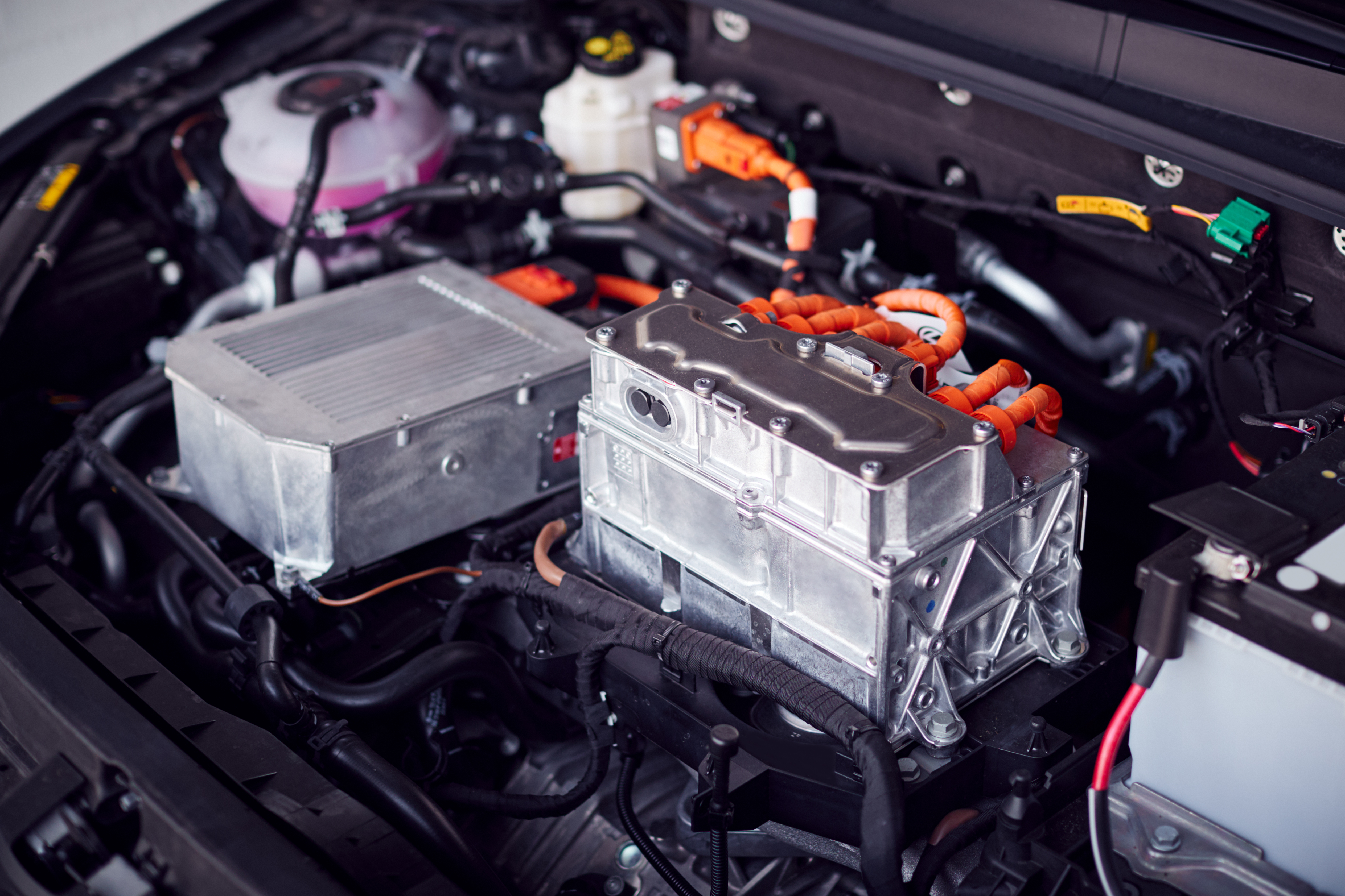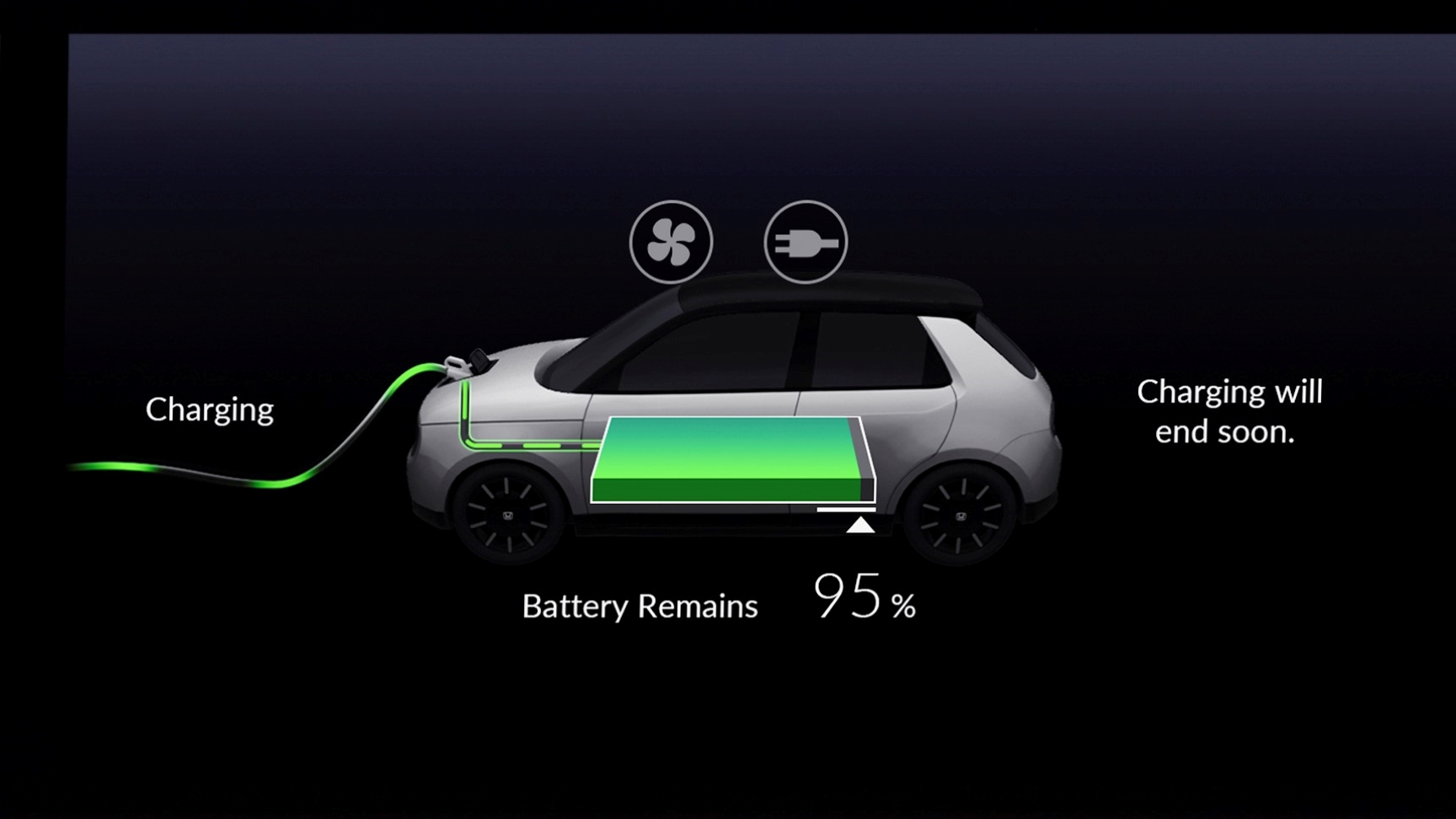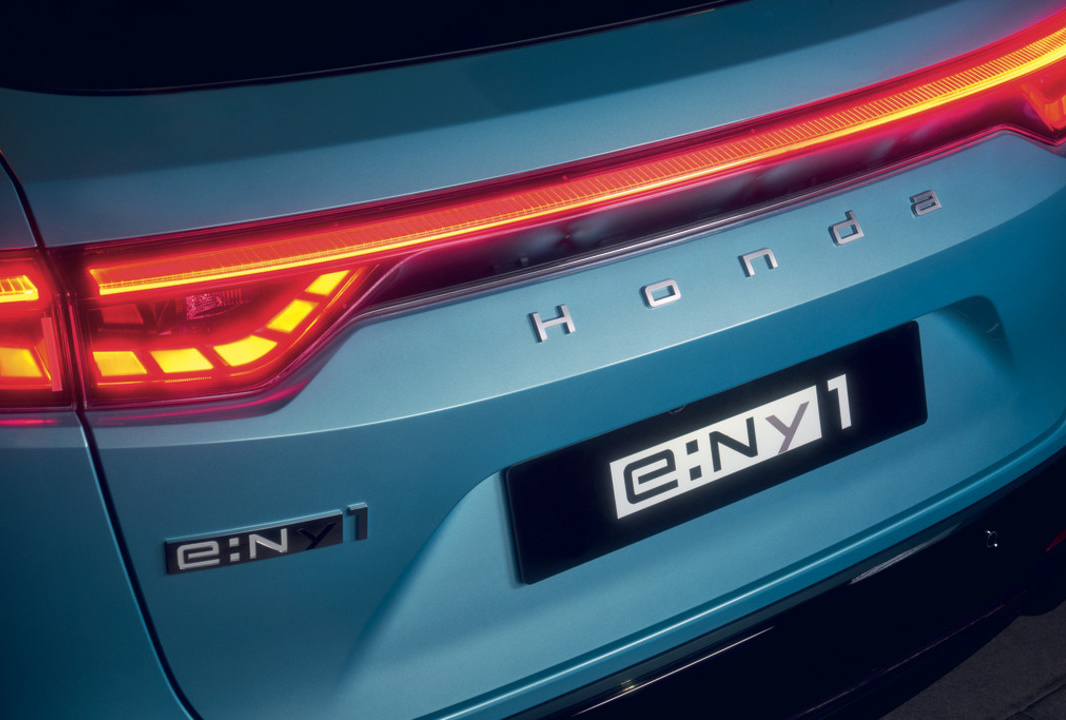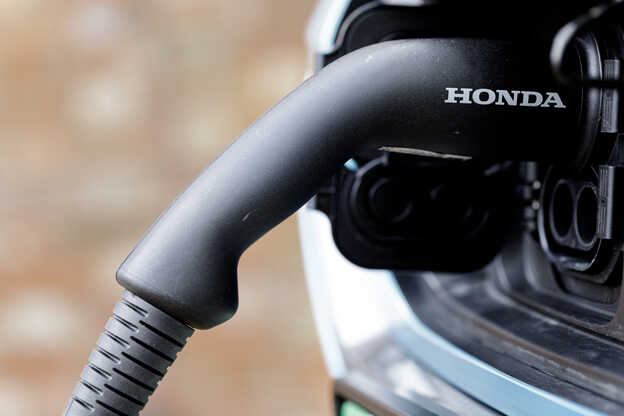How Do Electric Cars Work?
Electric cars run on battery power instead of petrol or diesel, offering a quiet drive and potentially lower maintenance needs compared to conventional vehicles. But how do they work? From the motor to the battery, here’s everything you need to know.
What are the key components of an electric car?
Electric cars may look like traditional vehicles, but under the surface, they work very differently. Here’s a breakdown of the essential components that power an EV.

Electric motor
An electric motor converts electricity from the battery into motion, generating torque to drive the wheels. Unlike petrol engines, EV motors provide instant torque, delivering smooth and responsive acceleration.

Battery
Electric cars use lithium-ion batteries, which store and supply energy to the motor. These batteries are designed for long-lasting performance and can be recharged at home or public charging points.
Regenerative braking
EVs don’t just consume energy—they recover it too. When you brake, the motor reverses and becomes a generator, turning kinetic energy into electricity. This recharges the battery by a small percentage, so in stop-and-start traffic where brakes are in use, it can improves efficiency marginally.

Chassis
The chassis of an electric car is designed differently from petrol or diesel models. With no engine or fuel tank, EVs make the most of their structure to improve efficiency, handling, and safety.
- Battery placement for stability – The battery is sometimes positioned low in the chassis, helping to lower the car’s centre of gravity for better balance and handling.
- Lightweight materials – Many EVs use aluminium and high-strength steel, keeping the structure strong while offsetting battery weight.
- Aerodynamic efficiency – EVs are often designed with smoother underbodies and enclosed grilles to reduce drag, helping to maximise range.
- Enhanced safety – The chassis is reinforced to protect the battery in case of an impact, with crumple zones designed to absorb energy. This design helps EVs feel stable and responsive, and may support more efficient energy use depending on driving style and conditions.
Electric powertrain
At the heart of every electric vehicle is its electric powertrain, a system that efficiently converts electrical energy into motion. This is what sets EVs apart from petrol or diesel cars. Instead of a complex mechanical system, it uses a simplified layout to transfer power smoothly from the battery to the wheels.
Here’s a step-by-step breakdown:
- When you press the accelerator, the Vehicle Control Unit (VCU) calculates how much power is needed based on your input, current speed, and driving conditions.
- The inverter then converts DC power from the battery into AC power for the electric motor.
- The motor uses this electricity to turn the wheels and move the car forward.
- The transmission (or reduction drive) adjusts how fast the wheels spin and how much pulling power (torque) is delivered, helping the car respond quickly and smoothly.
- In some EVs, a driveshaft transmits power from the motor to the wheels, but many modern EVs have the motor integrated directly with the drive axle, simplifying the design.
- Regenerative braking: When you slow down, the motor can act like a generator, converting movement back into energy and sending it to the battery.

The future of EV technology
Honda continues to innovate, aiming to improve battery range and energy performance over time. As EV technology evolves, charging times will become faster, and battery performance will keep improving.
Related reading
Honda Electric Range Overview
27.11.25
|
10 min
Understanding UK Government support for EVs

12.08.25
|
10 min
Dispelling 10 common EV myths

15.04.25
Honda 0 series
.jpg/_jcr_content/renditions/c2_r.jpg)
07.10.24
Are all electric cars automatic?

23.09.24
Honda e:PROGRESS

25.03.24
Electric Car Charging in Europe Guide

.jpg/jcr:content/renditions/m_r.jpg)